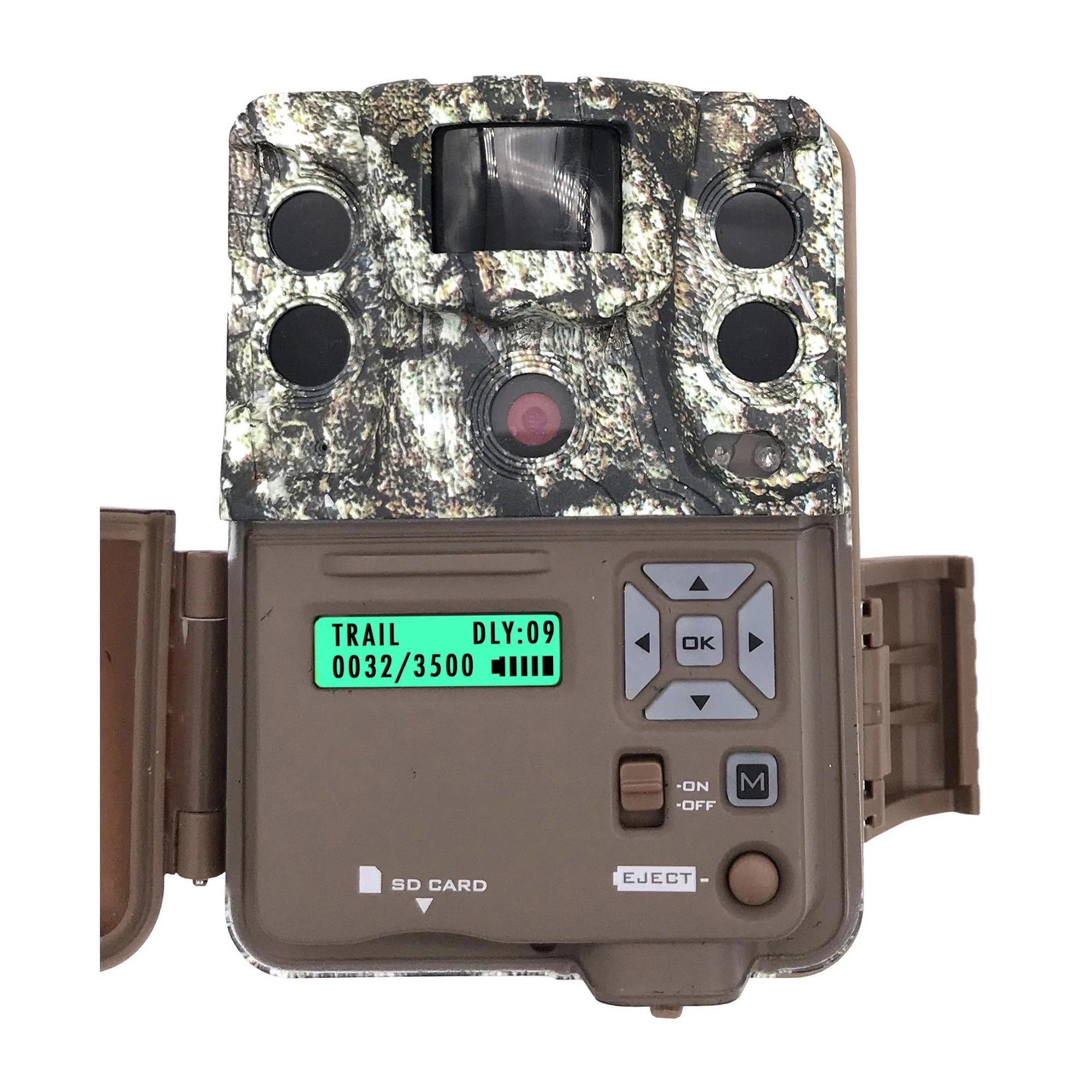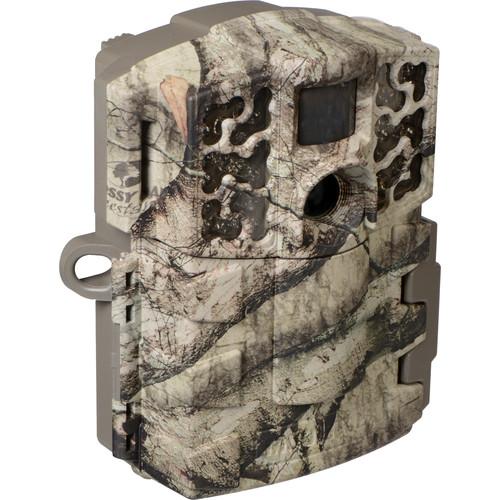
With advancements in hardware designs in trail cameras you will also start seeing the ability to utilize SDXC (Secure Digital eXtended Capacity) depending on the manufacturer and camera model…As seen in our LIFT II model accepting up to a 64GB card. Skipping over all the does not apply to the trail camera world, the two most common types of cards used are SDSC (Secure Digital Standard Capacity) and SDHC (Secure Digital High Capacity). We all know what SD cards look like and their purpose so let's take a minute to look at the technical differences and best practices to save some frustration.

The bottom line is SD cards are usually treated like a red headed step child (apologies if that statement holds true to any readers) but truthfully they are as vital to the performance of your camera as the camera itself. Although we may not all know the technical differences between cards, we do know what function they serve and how seamlessly they store data.īut what about the problematic times…when the camera doesn’t write to a card, you have the corrupt files, or you experience any number of the other glitches? Is it the camera? Maybe the batteries? The card? User error? Or a combination? It’s hard to imagine something so small and typically an afterthought when talking trail cameras can literally bring a grown man to his knees….not to mention the number of free-flowing cuss words!

While we are all overwhelming fortunate to be past the 35mm Trail Camera era, the digital revolution hasn’t eliminated all of our user frustrations tied to poor data recording or the lack thereof.

Posted on by Chad Sylvester SD Cards and Trail Cameras - Why you could be wasting your money!


 0 kommentar(er)
0 kommentar(er)
